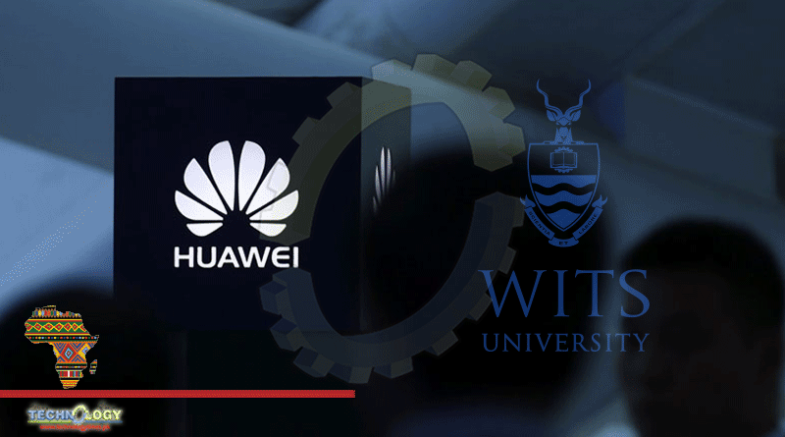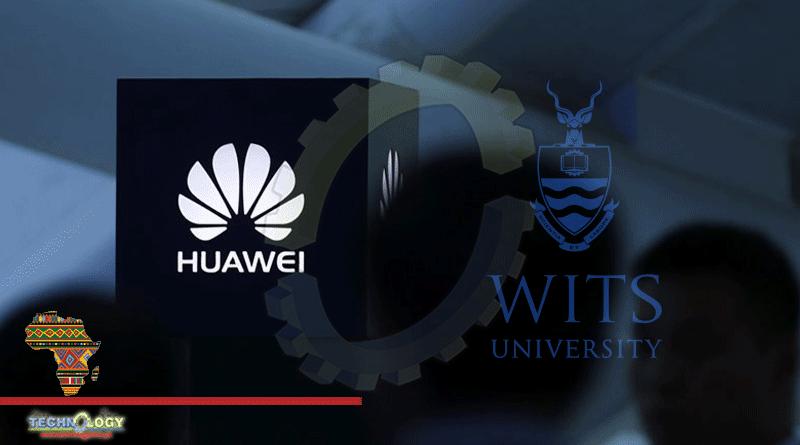Students And Staff At Wits University Will Have Access To Their Own 5G Innovation Hub Thanks To Huawei And Rain

Although 5G is a well-established spectrum network technology already, it never hurts to do some additional research to advance the tech. The low-latency nature of 5G makes it possible to control machinery across the globe with minimal latency. Now students and staff at Wits University will have access to their own 5G innovation hub thanks to Huawei and Rain.
The newly established 5G lab is situated at the Wits Tshimologong Digital Innovation Precinct, wants to promote the technological innovations in South Africa by allowing students interested in the tech to run experiments, research and testing.
Making 5G locally relevant
“In terms of the collaboration, Huawei provides its end to end 5G solution, supported by rain’s 5G network. The lab will initially showcase two 5G applications, namely smart/safe campus and virtual reality (VR) remote education,” the press release reads.
The whole point is to give students direct and easy access to 5G technology — something many students won’t be able to afford on a non-existent student salary. “… the facility will give students an opportunity to innovate solutions for local problems. He added that 5G could support a number of applications that would help South Africans,” says Dr Blade Nzimande, the Minister of Higher Education, Science and Technology.
What do Huawei and Rain have to do with the whole thing? Well, they’re supplying the physical tech. On Huawei’s front, you get the networking technology (routers, towers and routers), while Rain supplies the actual bandwidth and connectivity. Rain was the first network to offer 5G in South Africa a year ago, so it’s only fitting.
Some of the things the lab will offer and research, is the live, virtual reality (VR) e-learning broadcasts of lectures and classes and cross-campus safety and security camera networks. That’s… pretty cool considering many schools in our country don’t have any infrastructure.
This news was originally published at Stuff
